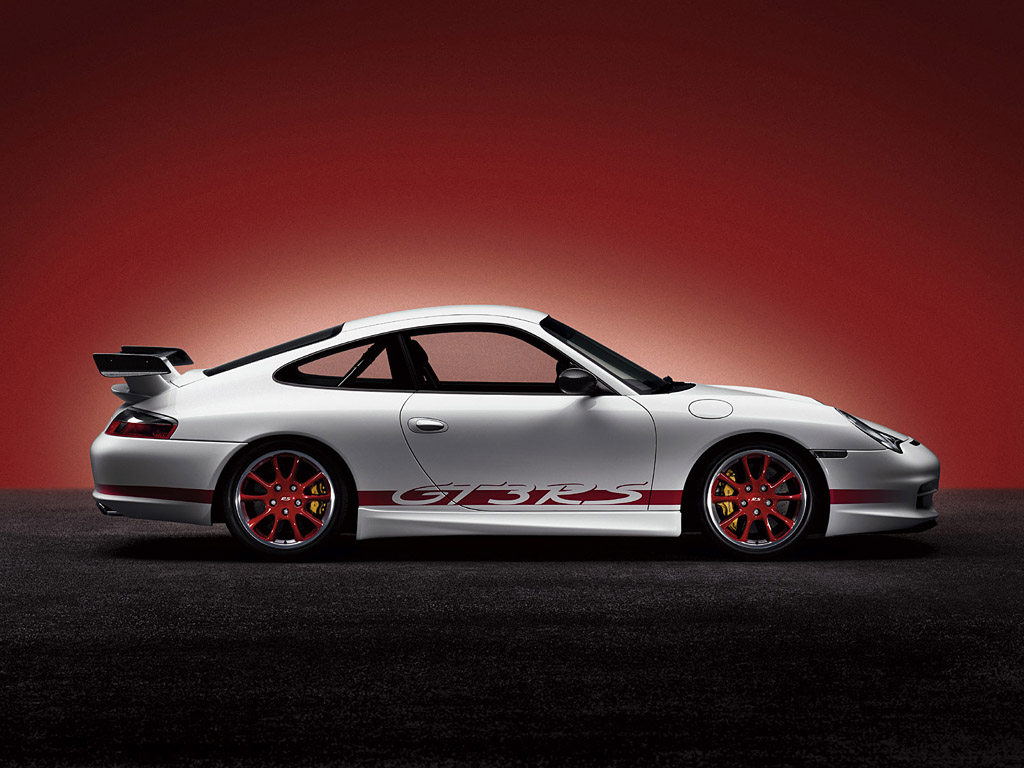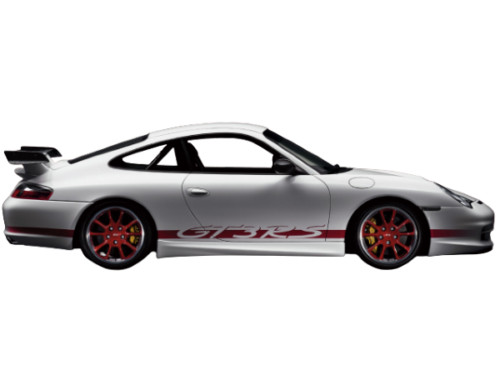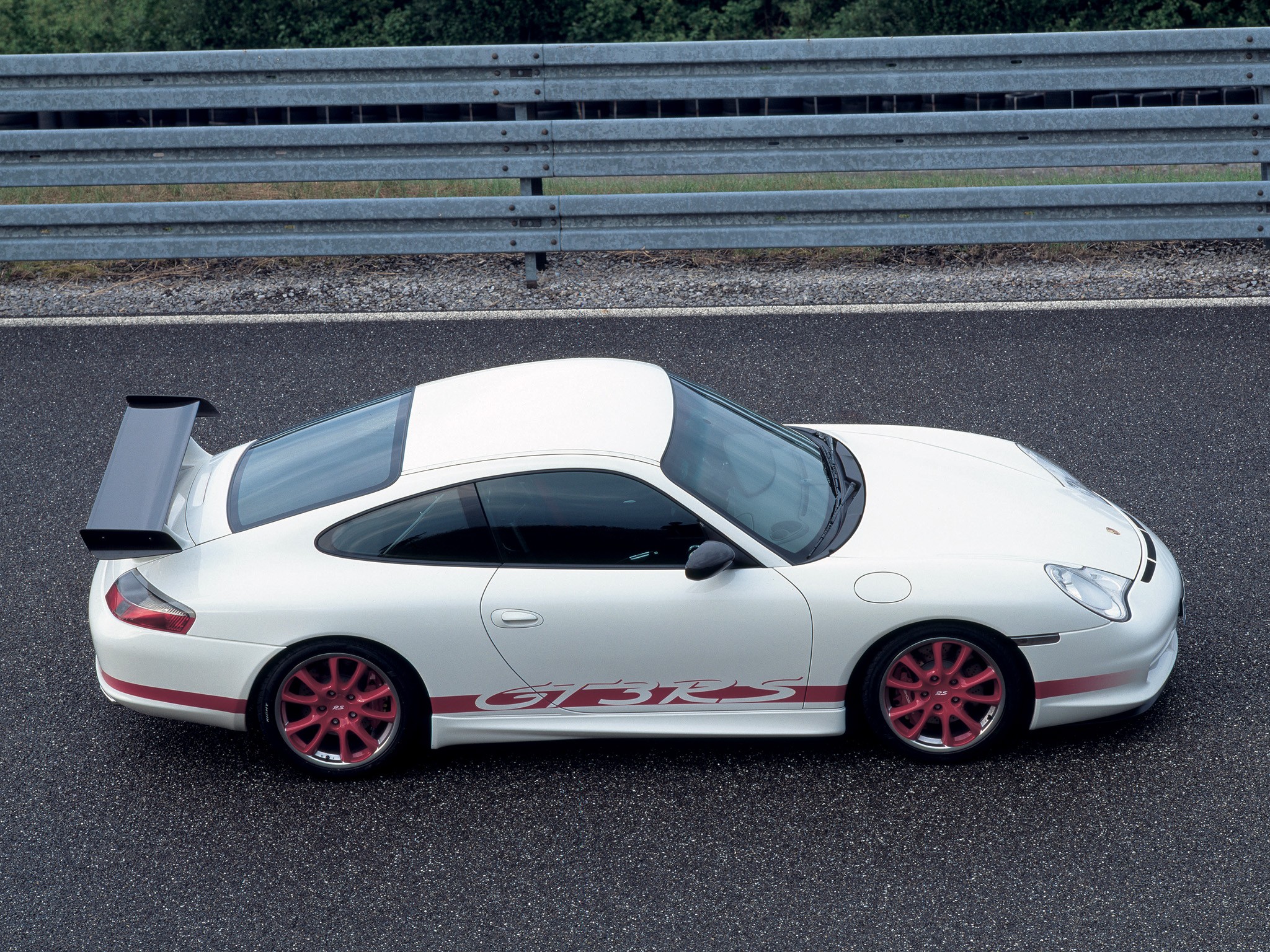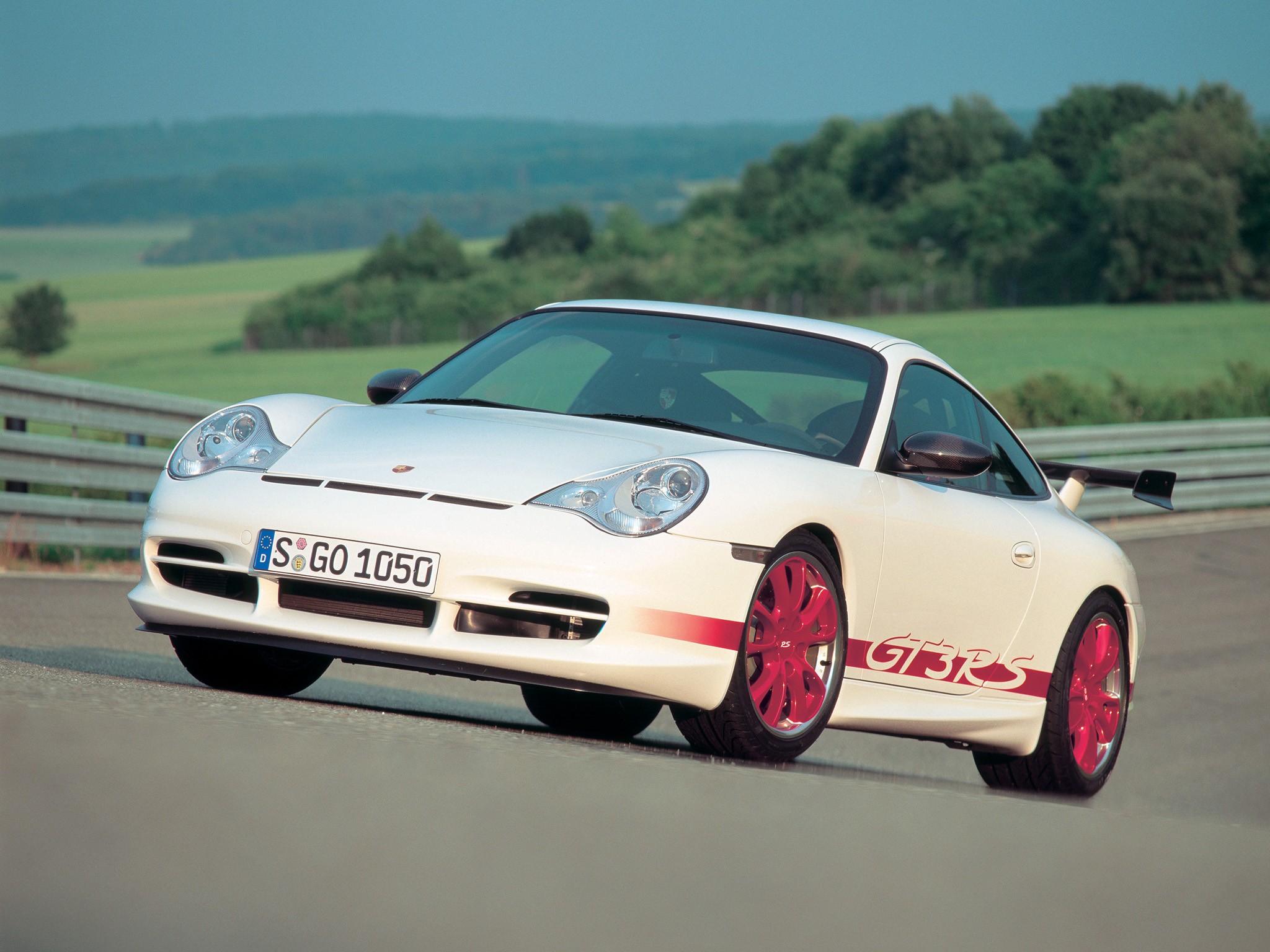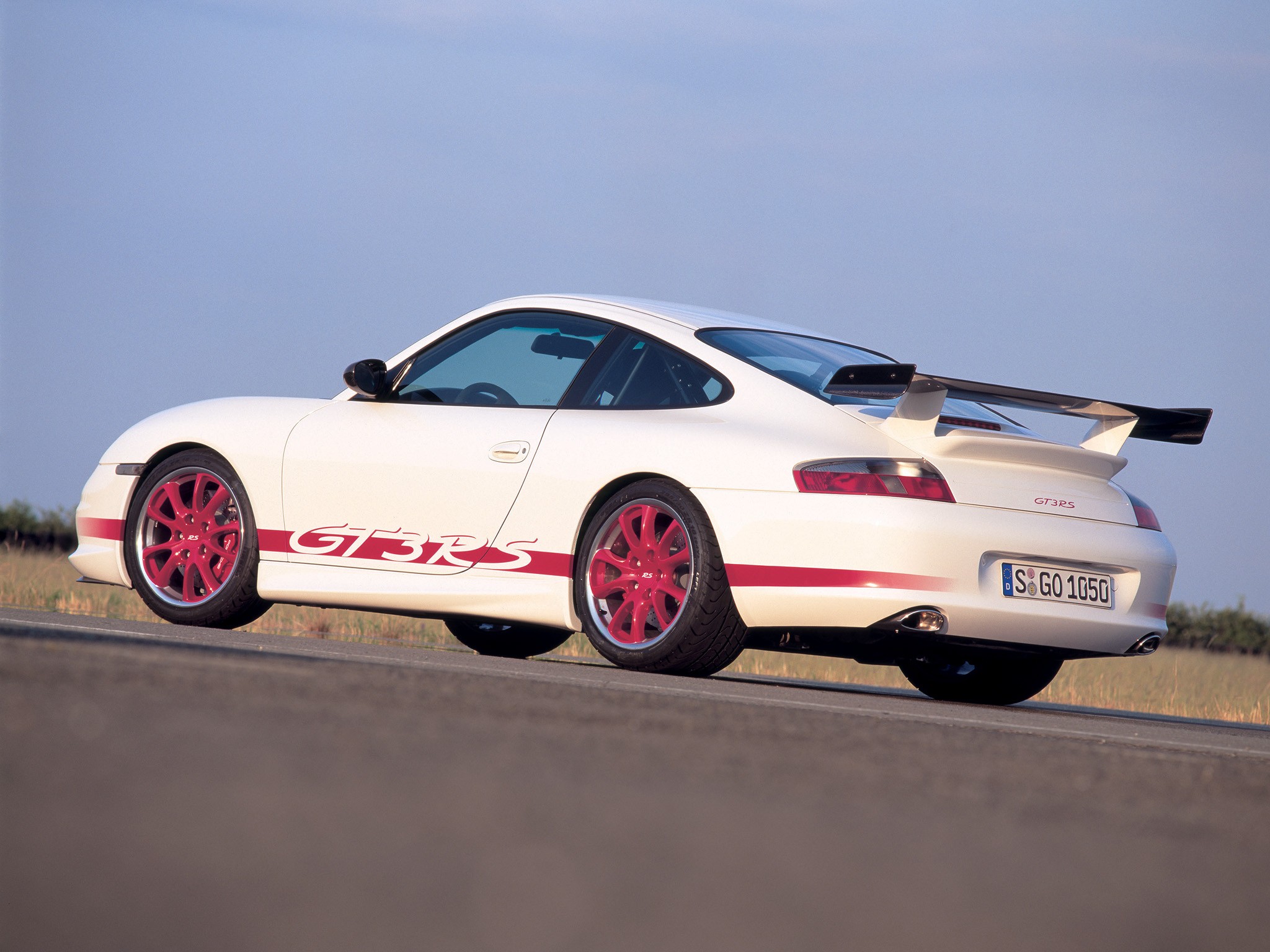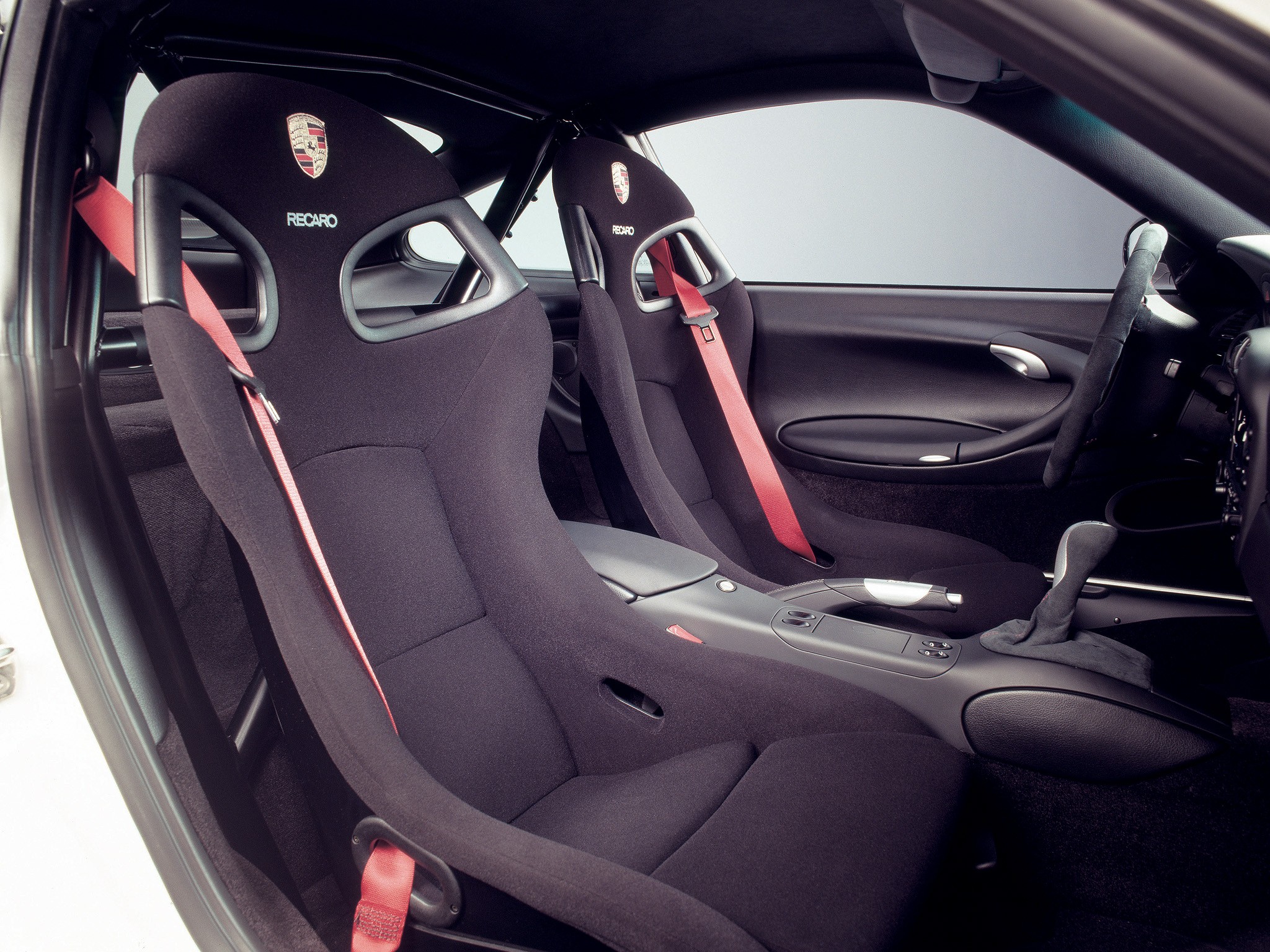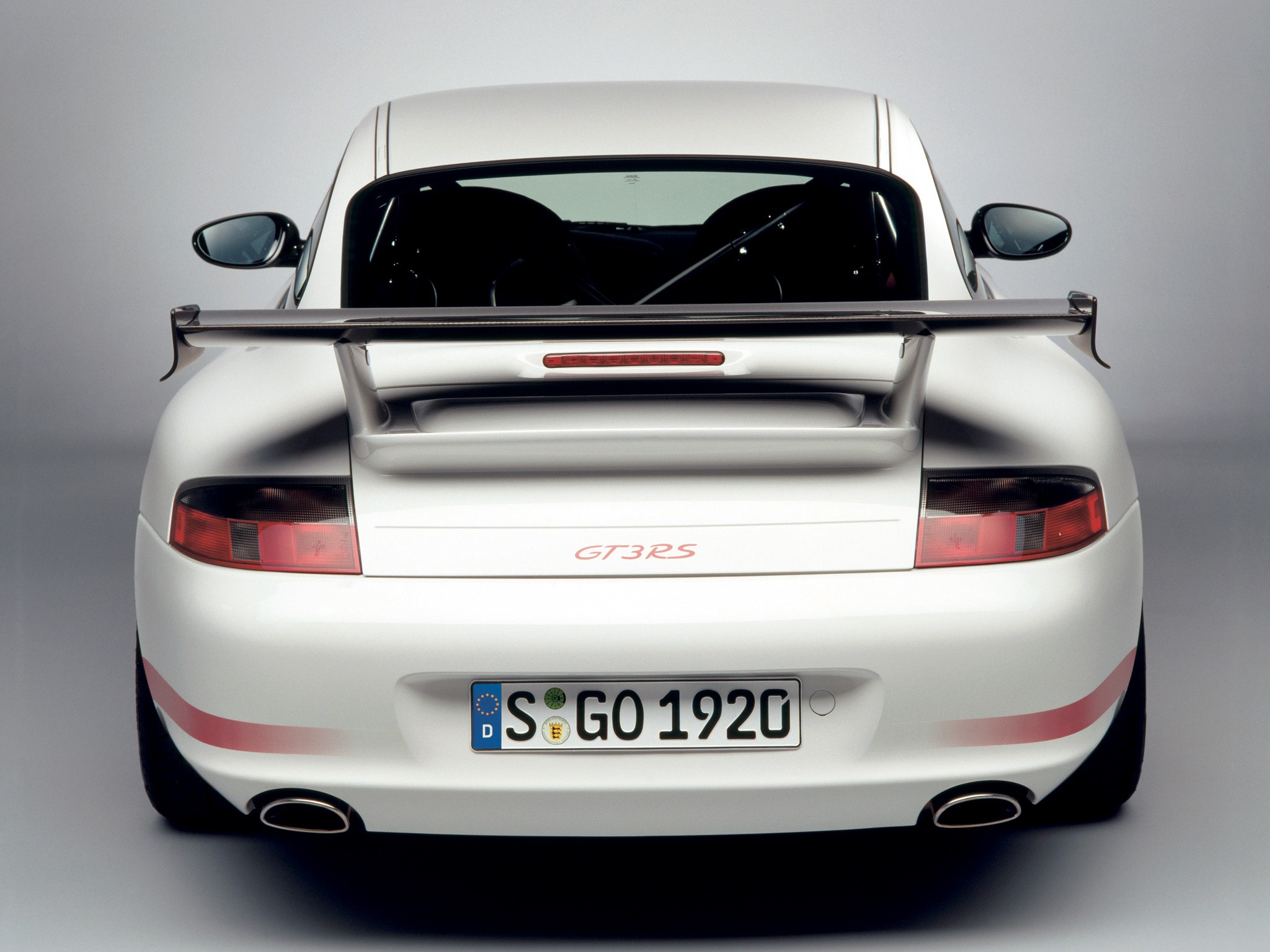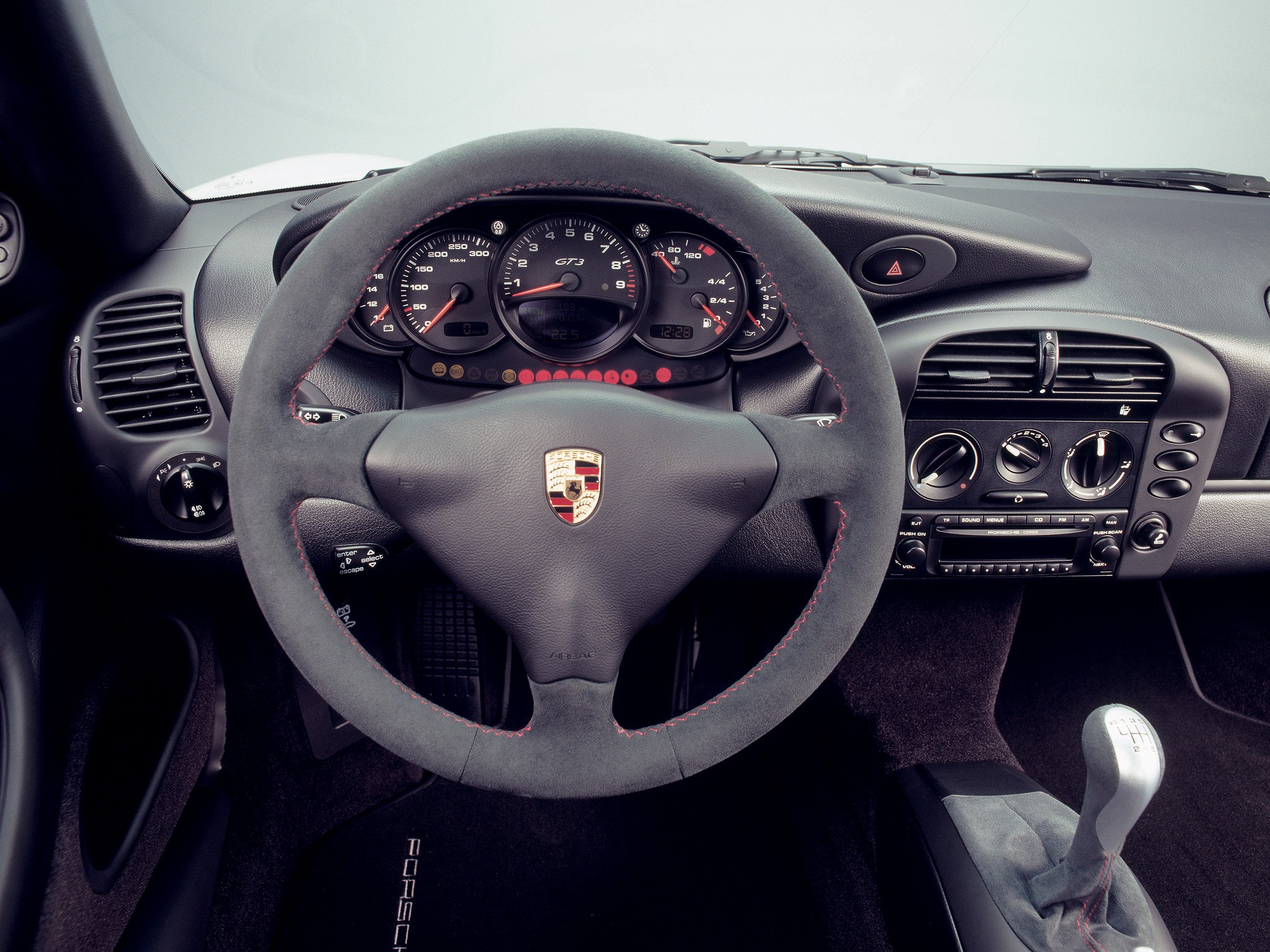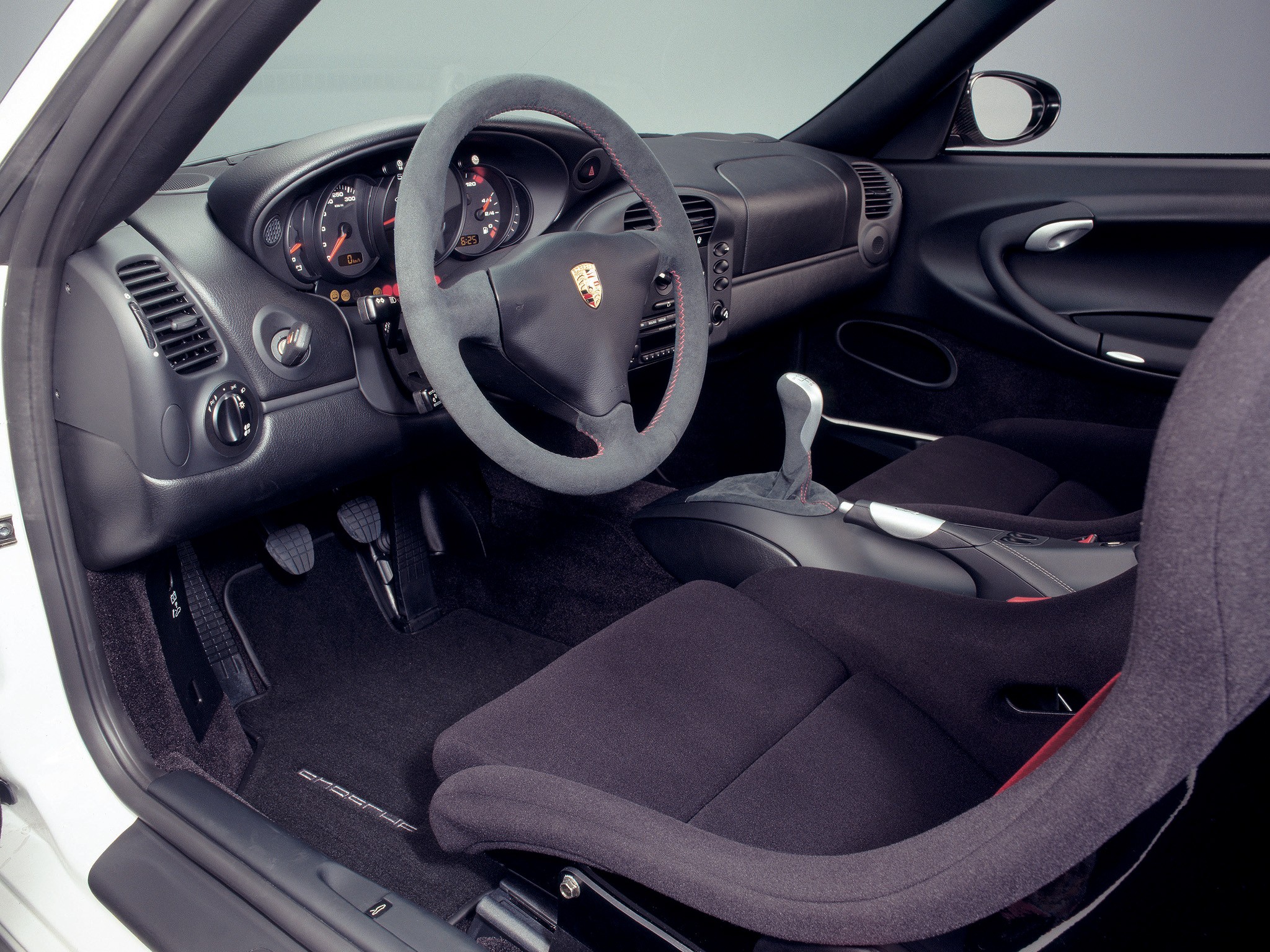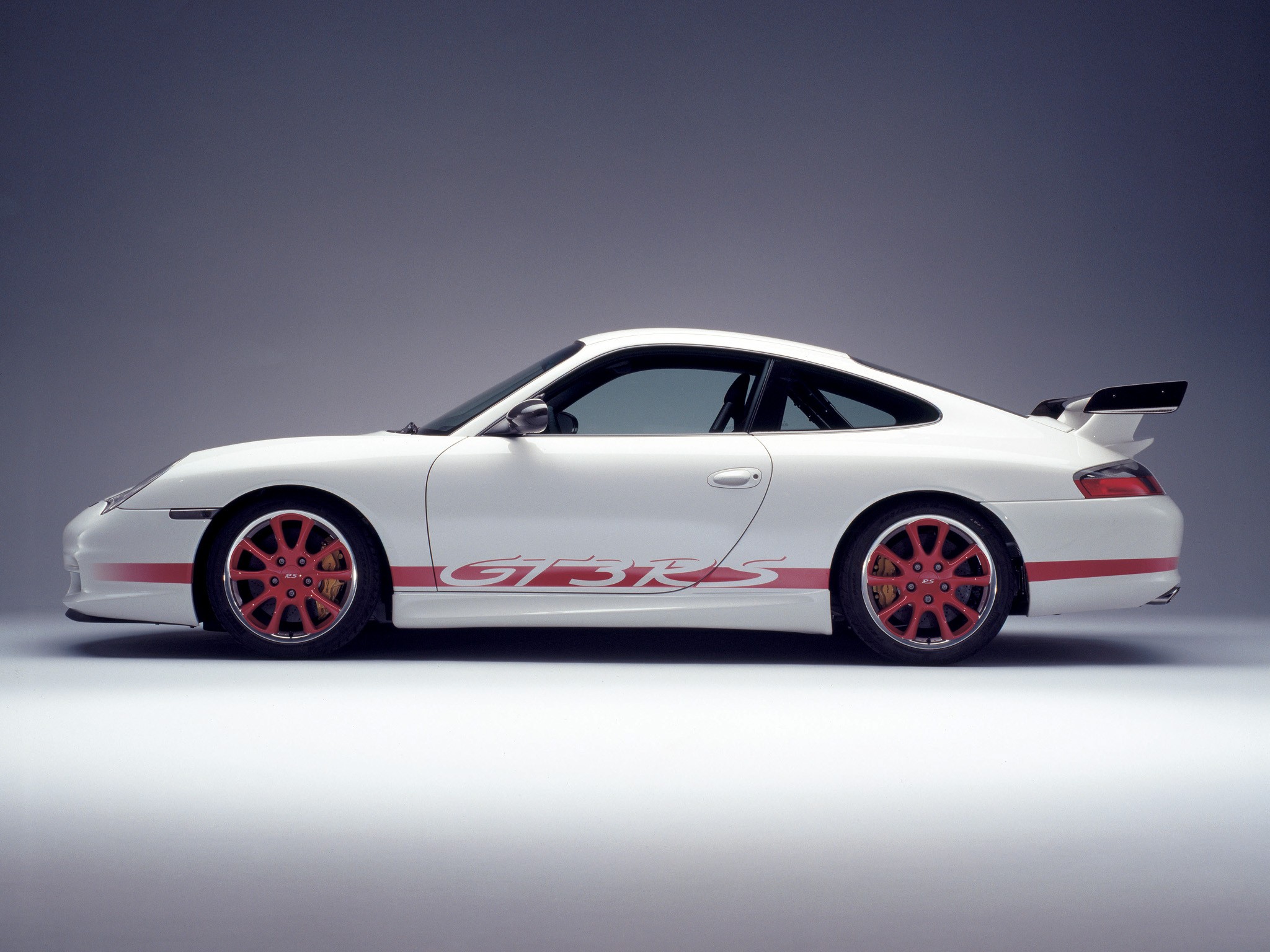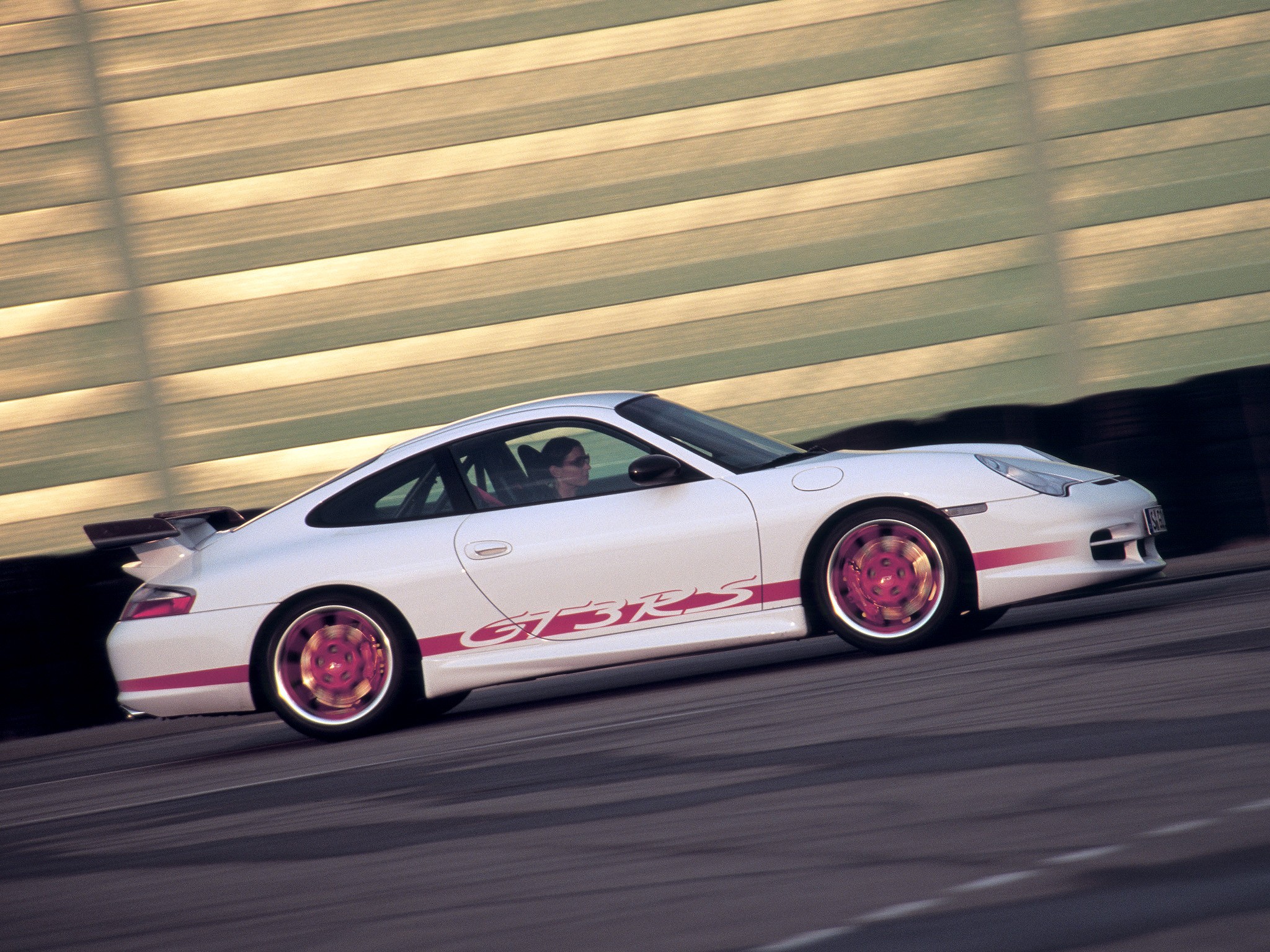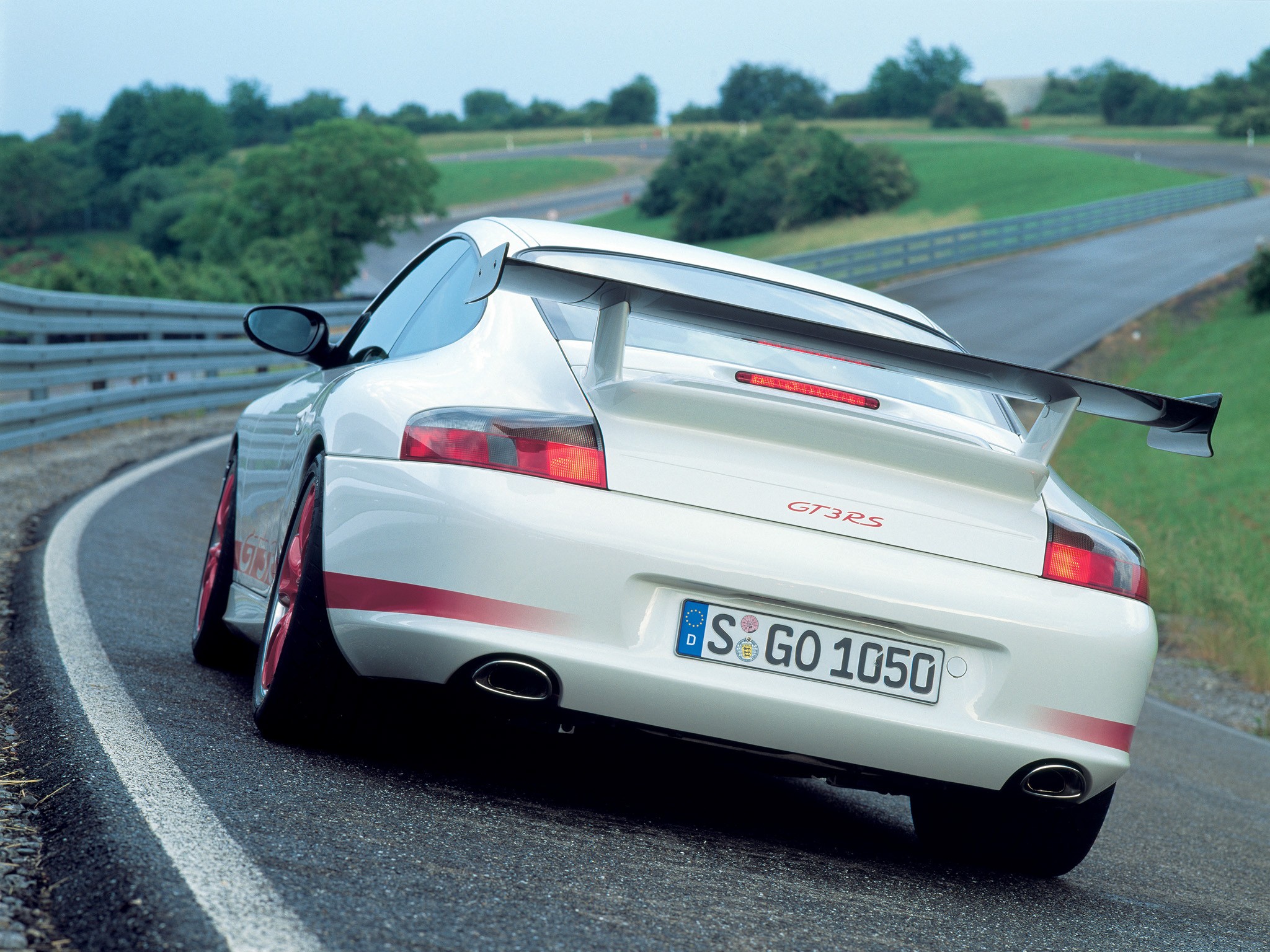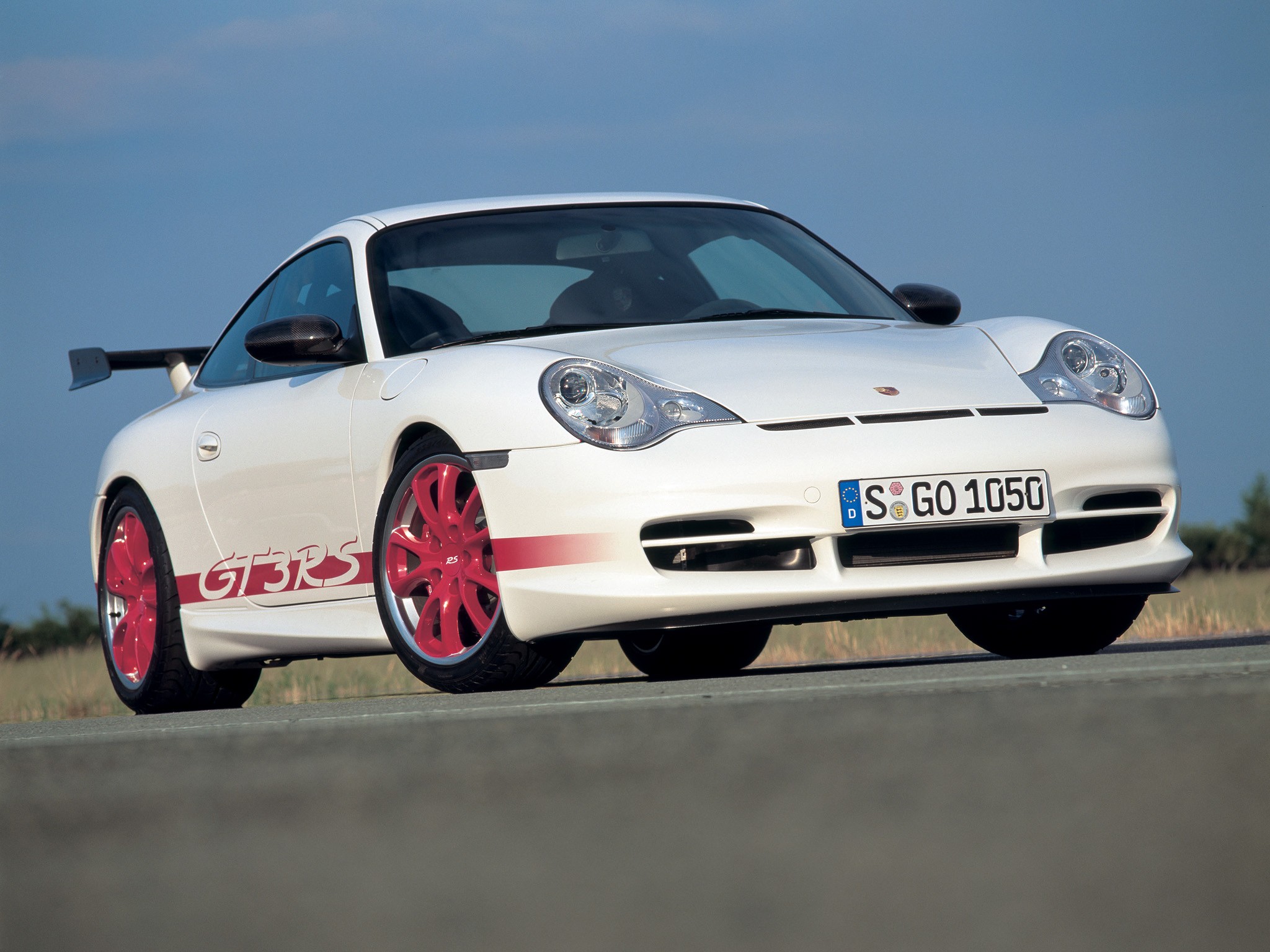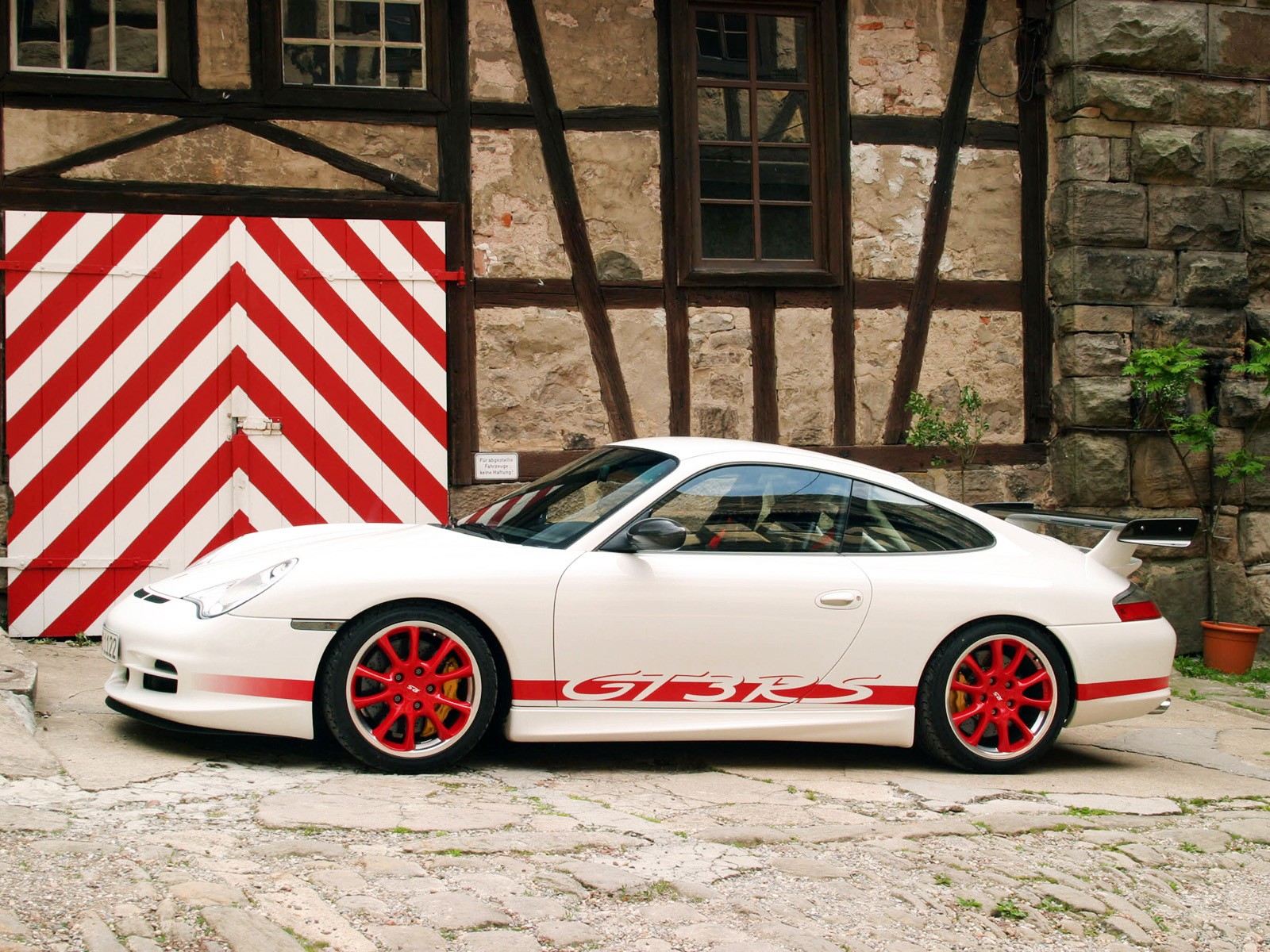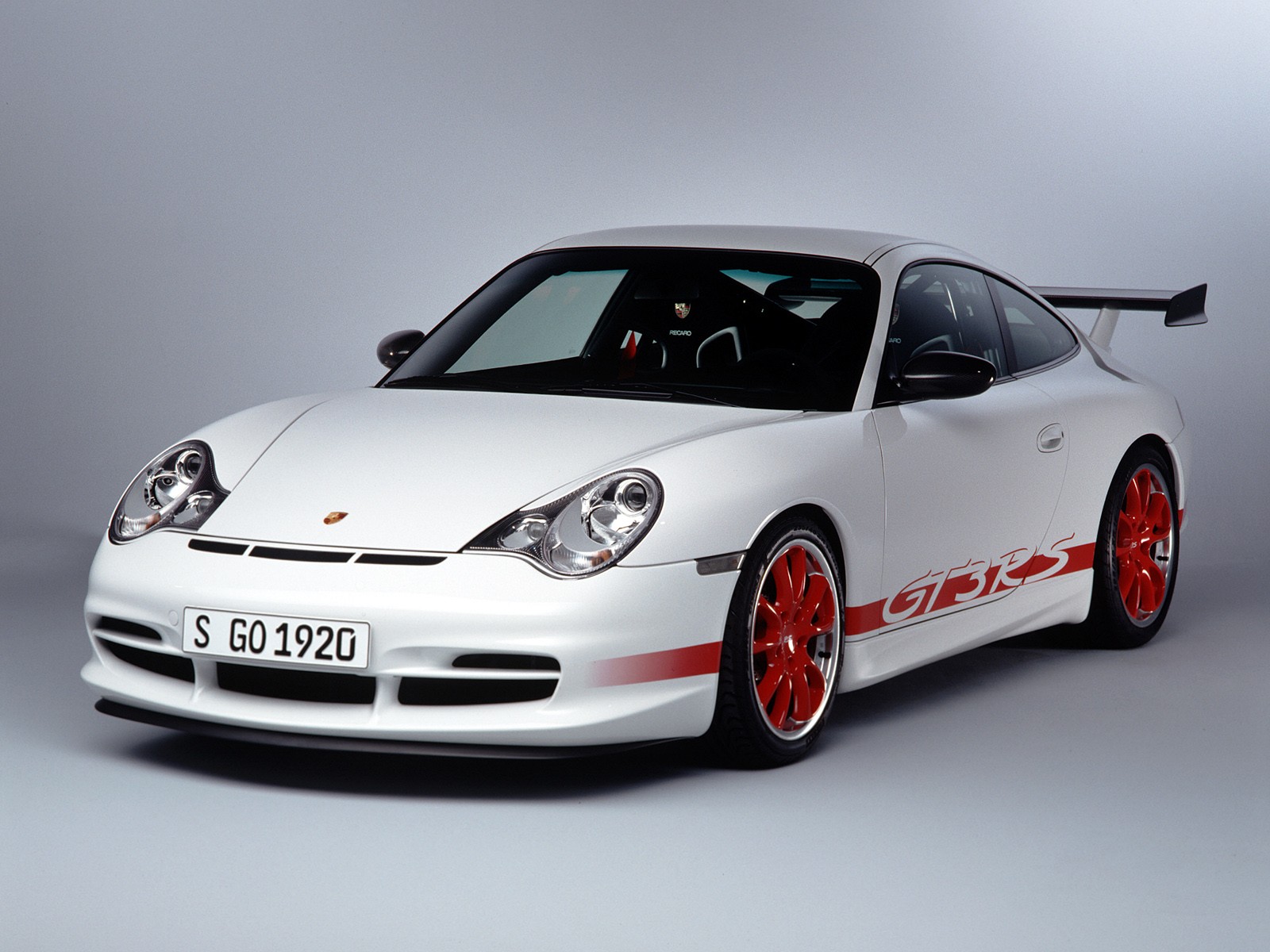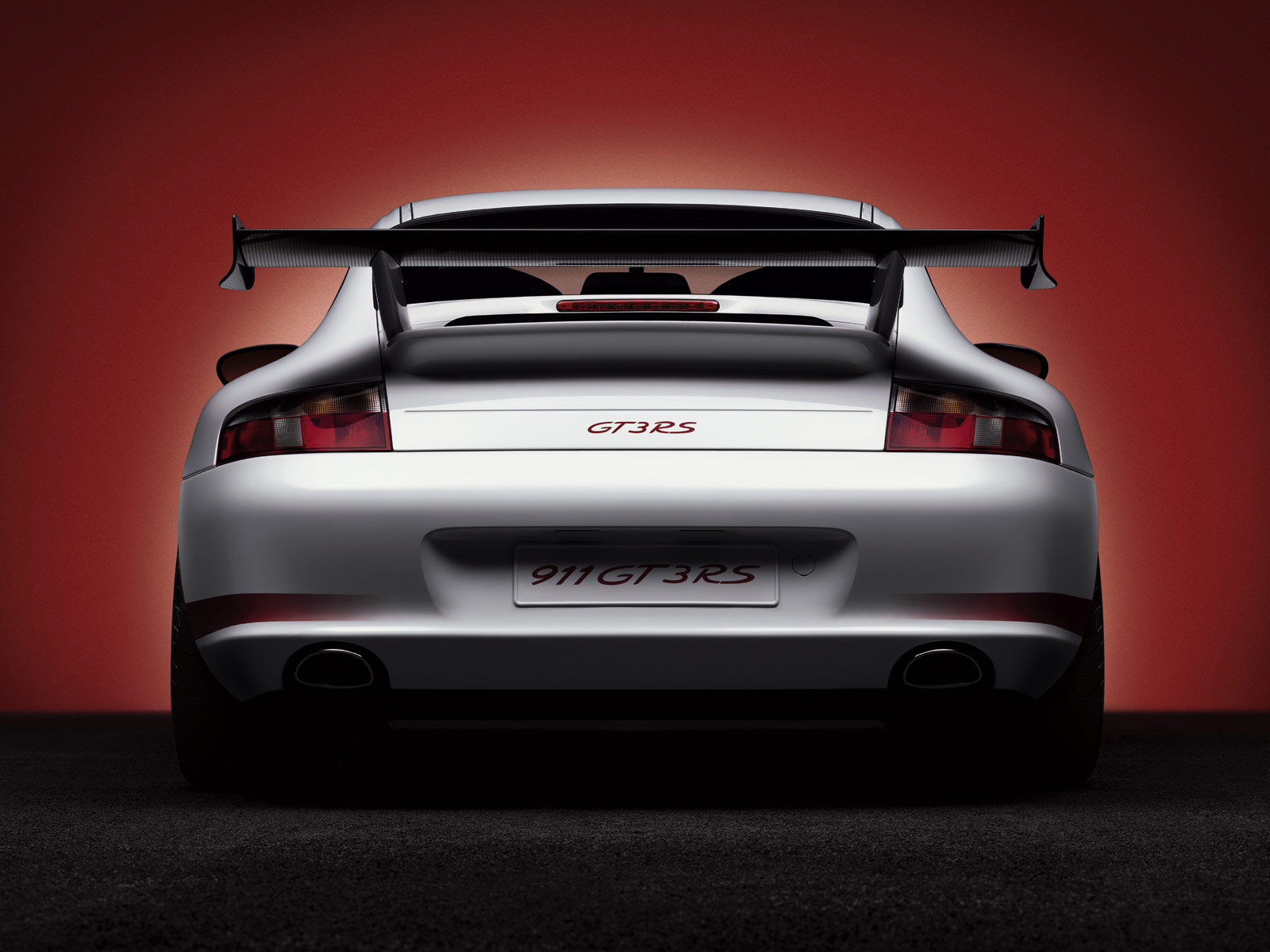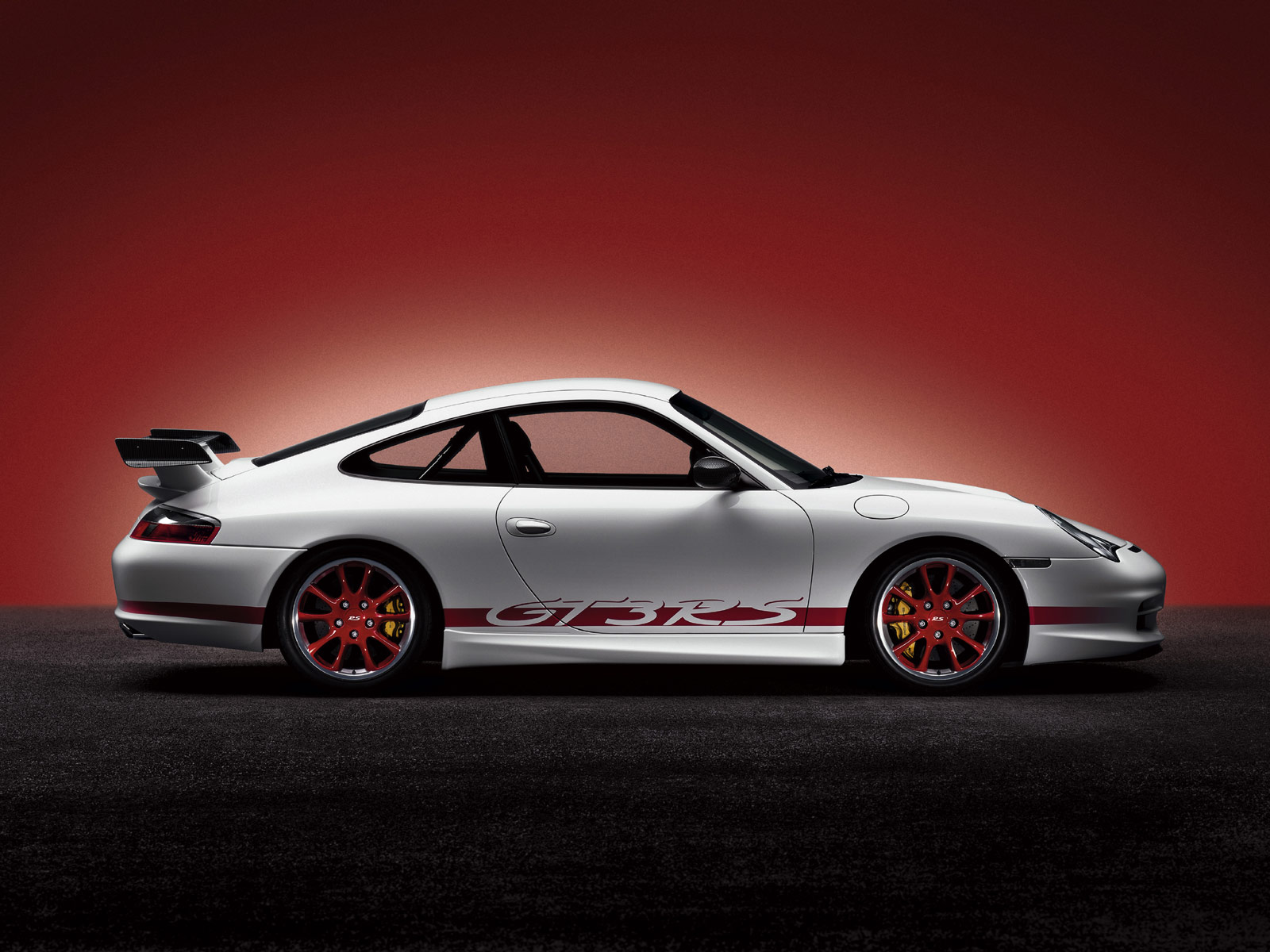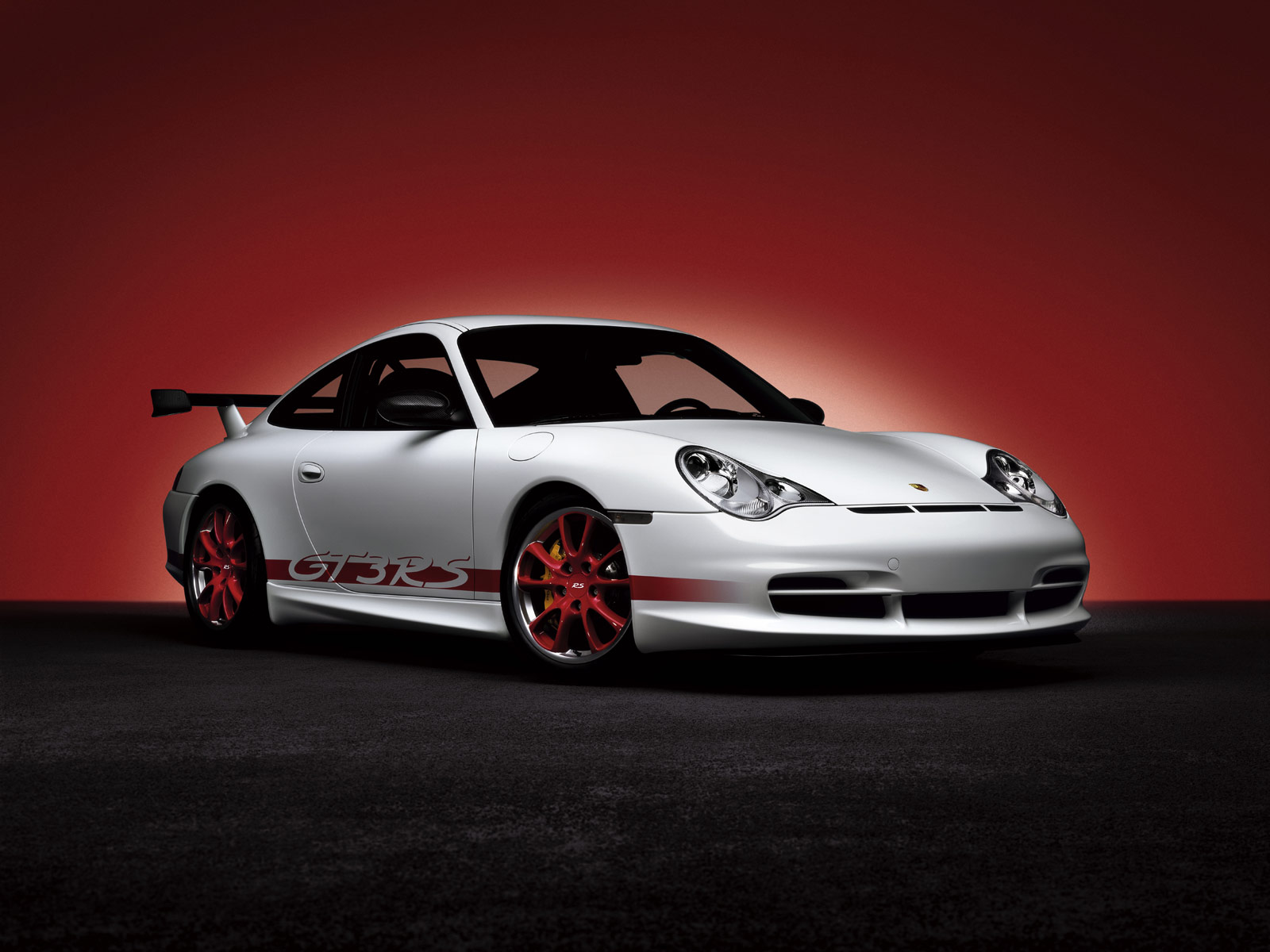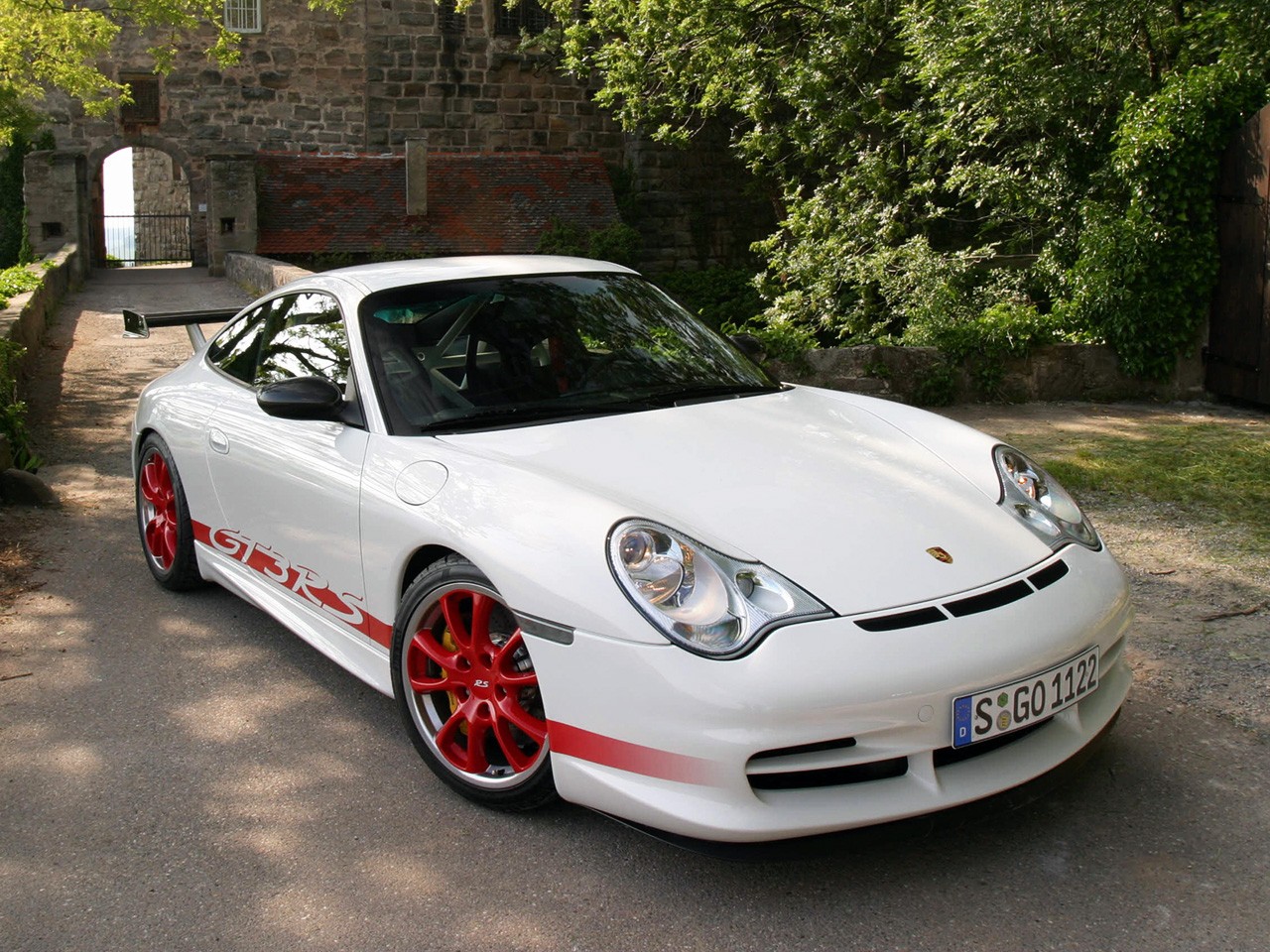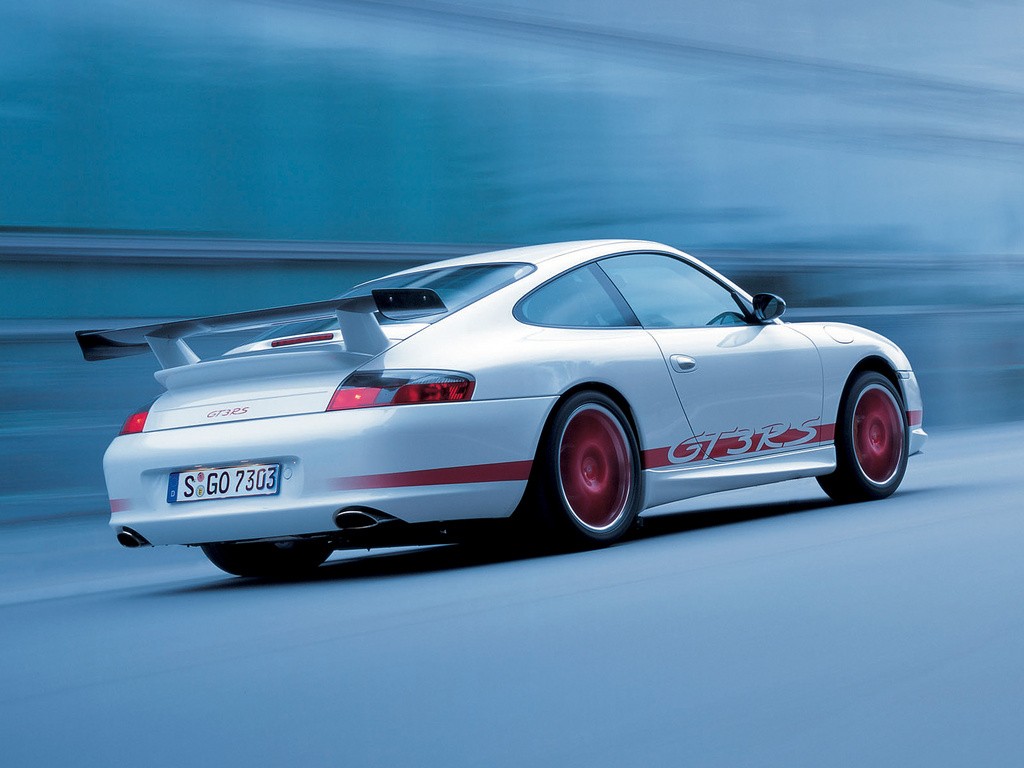(2004) Porsche 911 GT3 RS (996) – Ultimate Guide
The 996 911 GT3 RS is a homologation model intended to serve as a basis for motor sport activities in accordance with the new international GT rules. The RS in the model name will cause the hearts of all Porsche enthusiasts and motor racing fans to beat faster. Models such as the Carrera RS 2.7 of 1972 and the 911 SC RS (1984) were also built under the homologation rules, and not only represent proud chapters in Porsche’s heritage but often rewrote motor-sport history as well. The new 911 GT3 RS is intended to continue this tradition.
The details of the GT3 RS will find their way to the 2004 RSR. Revised front uprights, rear window, air scoop on rear decklid, etc. With a launch in October of 2003, the 911 GT3 RS is an extremely sporty model with the power and purist qualities of a thoroughbred circuit racer, but legally qualified in every way for road use. It is the perfect track car. Customers can race it in weekends and drive it to work on weekdays, (if they can tolerate some compromises). Compare with the standard GT3, it has stiffer suspensions and virtually no equipment for creature comfort. In return, you get the purest driving experience among all versions of 911.
When the 996 911 GT3 RS was developed, the emphasis was on achieving the best possible power-to-weight ratio. A figure of 4.86 kg/kW has resulted – a further improvement of four percent compared with the Club Sport version of the GT3. The new model is 50 kilograms lighter, and tips the scales at 1,360 kilograms with a full load of fuel (90 liters) in the tank.
The RS, like its motor-sport predecessors, is only available with a full roll-over cage installed. All cars have a white paint finish, with the inscriptions only in blue or red, also in the tradition of its famous forbears.
The road version of Porsche’s new top sports car has various technical features that will also appear on the racing version, for example the complete wheel hub assemblies, divided front-and rear lateral suspension control arms, optimized rear-axle geometry, a special weight-saving rear window made of acrylic material and a carbon-fiber reinforced front hood and rear wing.
The RS doesn’t get any more power than the GT3, keeping the 381 hp 3.6-litre engine from the GT3, although a lighter flywheel allows it to rev more freely. The engine is an extremely free-revving unit that develops 280 kW (381 bhp) at 7,300 revolutions per minute from a swept volume of 3.6 liters. The maximum engine speed is 8,200 rpm and the specific output 105.8 bhp per liter.
An air collector located under the rear wing uses pressure build-up there to supply extra intake air to the engine at high speeds, so that the RS reaches its maximum power output even more easily, as borne out by its performance figures. For the classic sprint from 0 to 100 km/h the GT3 RS needs 4.4 seconds, and goes on to reach 200 km/h in 14 seconds. Its top speed is 306 km/h. This abundant power is transmitted via a close-ratio six-speed gearbox. Between the engine and the gearbox the RS has a single-mass flywheel with a lower rotating mass than the double-mass version.
More work has been done to cut weight. The RS is based on the 1400 kg GT3 Club Sport which already got safety roll cage and fire extinguisher. By deleting sound insulation, air con and audio, by using carbon fiber to construct bonnet, engine lid, mirrors and rear spoiler, by employing Acrylic plastic rear window, the RS discarded 50kg from the kerb weight. This might not improve straight-line performance by much, but it certainly helps improving cornering and braking.
For homologation purpose, the RS also added extra air vents at the nose for better cooling, a huge rear spoiler for generating higher downforce and a larger, 90-litre fuel tank. These things might not be very useful on public road, but they allow the race car to be more competitive.
The suspension is dropped by 10mm to lower center of gravity. Springs and dampers are stiffened. More negative camber is dialed into the suspension. All of these changes sharpen the chassis response, making the car a tad more eager to change direction. At the same time, the RS is more stable and surefooted. Revised suspension geometry definitely injects more understeer into the chassis, making oversteer more difficult. On the other hand, the new Pirelli P-Zero Corsa rubbers bring more progressive response when the car starts to oversteer. They also bring meatier feel to the steering.
All these means the RS handles and involves its driver better than the standard GT3. This is in the price of a little ride quality. The standard GT3 is not renowned for ride quality on less-than-smooth public roads. The RS is even more difficult to live with. Only the most hardcore drivers will choose the RS. Undoubtedly, most of them will race their RS.
The list price for this truly authentic RS driving feeling is 104,000 Euro (plus specific national-market charges). In Germany, for instance, the 911 GT3 RS costs 120,788 Euro including value-added tax. The GT3 RS is to be sold worldwide with the exception of the USA and Canada.
Pictures
Press Release
The Porsche 911 GT3 RS is an extremely sporty model with the power and purist qualities of a thoroughbred circuit racer, but legally qualified in every way for road use.
The Porsche 911 GT3 RS is a homologation model intended to serve as a basis for motor sport activities in accordance with the new international GT rules. Porsche will build at least 200 cars of this type and supply them to customers. The “RS” in the model name will cause the hearts of all Porsche enthusiasts and motor racing fans to beat faster. Models such as the Carrera RS 2.7 of 1972 and the 911 SC RS (1984) were also built under the homologation rules, and not only represent proud chapters in Porsche’s heritage but often rewrote motor-sport history as well. The new Porsche 911 GT3 RS is intended to continue this tradition.
When the “RS” was developed, the emphasis was on achieving the best possible power-to-weight ratio. A figure of 4.86 kg/kW has resulted – a further improvement of four percent compared with the Club Sport version of the GT3. The new model is 50 kilograms lighter, and tips the scales at 1,360 kilograms with a full load of fuel (90 liters) in the tank.
The “RS”, like its motor-sport predecessors, is only available with a full roll-over cage installed. All cars have a white paint finish, with the inscriptions only in blue or red, also in the tradition of its famous forbears.
The road version of Porsche’s new top sports car has various technical features that will also appear on the racing version, for example the complete wheel hub assemblies, divided front-and rear lateral suspension control arms, optimized rear-axle geometry, a special weight-saving rear window made of polycarbonate material and a carbon-fiber reinforced front hood and rear wing.
The engine is an extremely free-revving unit that develops 280 kW (381 bhp) at 7,300 revolutions per minute from a swept volume of 3.6 liters. The maximum engine speed is 8,200 rpm and the specific output 105.8 bhp per liter. These values are also applicable to the current GT3 model. An air collector located under the rear wing uses pressure build-up there to supply extra intake air to the engine at high speeds, so that the “RS” reaches its maximum power output even more easily, as borne out by its performance figures. For the classic sprint from 0 to 100 km/h the GT3 RS needs 4.4 seconds, and goes on to reach 200 km/h in 14 seconds. Its top speed is 306 km/h. This abundant power is transmitted via a close-ratio six-speed gearbox. Between the engine and the gearbox the “RS” has a single-mass flywheel with a lower rotating mass than the double-mass version.
The list price for this truly authentic “RS” driving feeling is 104,000 Euro (plus specific national-market charges). In Germany, for instance, the Porsche 911 GT3 RS costs 120,788 Euro including value-added tax. The GT3 RS is to be sold worldwide with the exception of the USA and Canada.


